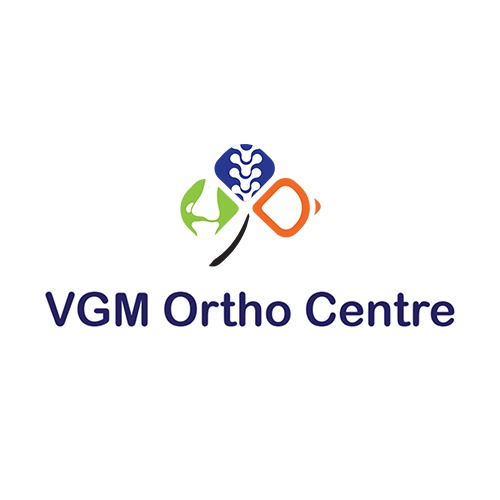

The rotator cuff are a group of 4 muscles responsible for different shoulder movements. They include the supraspinatous, the infraspinatous, teres minor and subscapularis. These muscles can get torn due to trivial fall to sports injury or Road Traffic Accidents leading to severe pain, reduced movements and weakness.
Spontaneous tear of the cuff is possible in the elderly due to thinning and fatty infiltration of the muscles. However a trivial trauma including lifting weights may predispose in such individuals. In the young and middle age individuals, there is a significant history of fall/contact sports/accident causing tear.
Pain at overhead abduction, pain at range of shoulder movements, pain at rest, weakness of the arm, crackling sensation of the shoulder at certain positions are some symptoms of rotator cuff tear.
Based on the amount of muscle fibres which are torn, Rotator cuff tears can be partial/complete tears.
Not always. Your doctor will advice an MRI scan after clinical examination to assess the quality of the muscle and also check the percentage of fibres which are torn. Usually conservative treatment can be tried if less than 50% fibres are torn.
Surgical reattachment of the completely torn rotator cuff muscles is performed by open/mini-open/arthroscopic repair
Mini-open cuff repair is now performed instead of open repair. A 4-7 cm skin incision is made over the top of the shoulder to expose the rotator cuff muscle and repair it. Although it is technically easy for the surgeon, it is more morbid than arthroscopy because the incision is large, blood loss is present, other muscles need to be split resulting in temporary weakness sometimes, pain is more than in arthroscopy and needs pain killers, hospital stay is longer.
Just like in knee arthroscopy, small skin portals are made to visualise the joint. The cuff muscles are found retracted usually and brought back to its native attachment on the humeral head called the footprint and is repaired with devices called suture-anchors. These suture anchors are small bioabsorbable/metallic screws with threads attached to it. The screw enters the bone and the threads purchase the torn cuff and then pull toward the footprint.
Age alone is not the criterion. The physiological status, the nature of work, the mechanism of tear (trauma/spontaneous) and the quality of cuff tissue are different criteria to consider
The purpose of a successful rotator cuff repair is torestore the range of movement and strength of the shoulder joint.
Although it is not possible immediately after surgery, it is possible once the repaired rotator cuff reattaches well to the bone and when strengthening exercises have been performed for some time atleast.
Adequate strengthening exercises and guided physiotherapy protocols avoids recurrent tears of the rotator cuff. But if the tissue quality is poor due to age and long standing cuff tear, then the chances of retear are high
The role of a physiotherapist is to concur regularly with the operating orthopaedic surgeon and train and help the patient achieve normalcy of activities. Their role is vital after surgery.